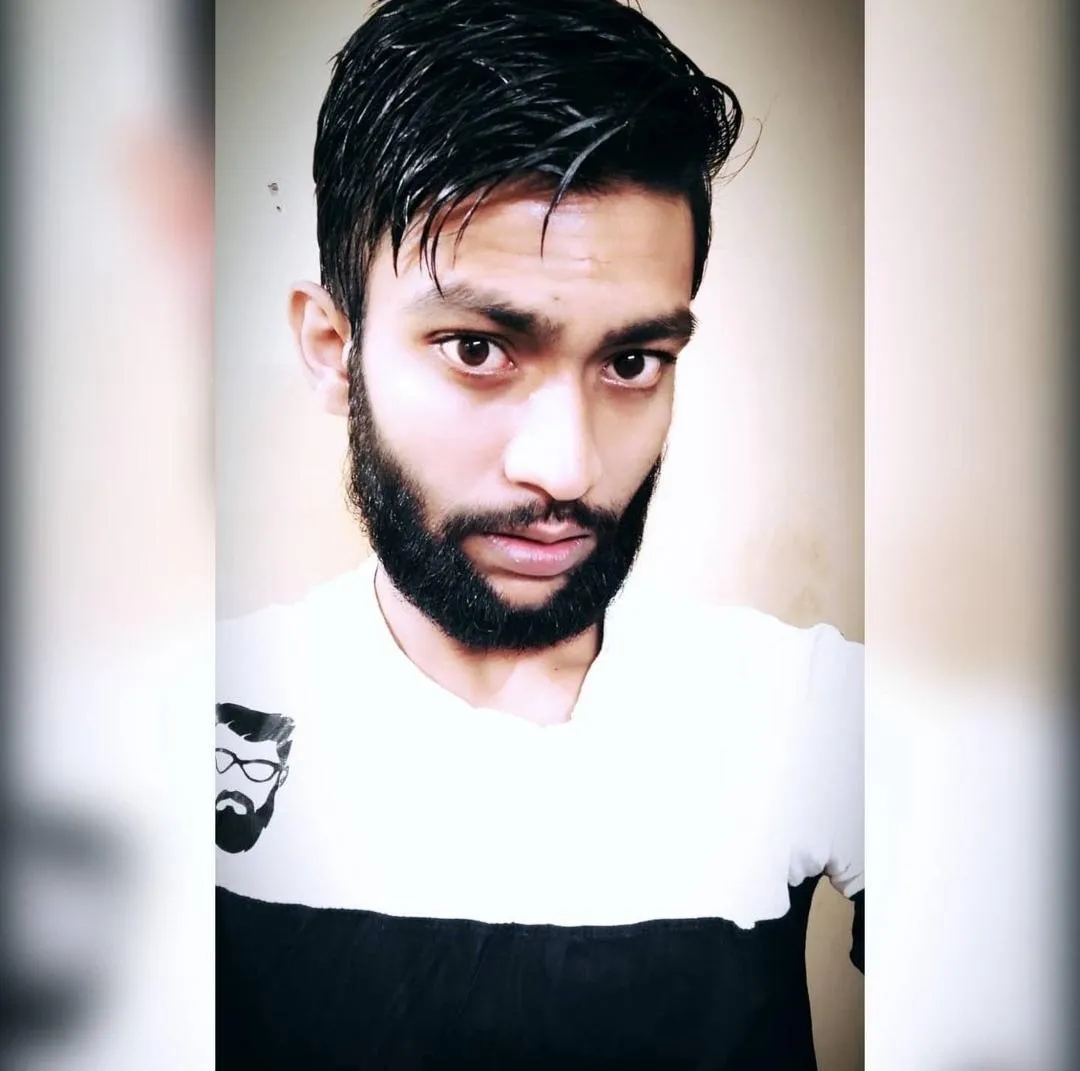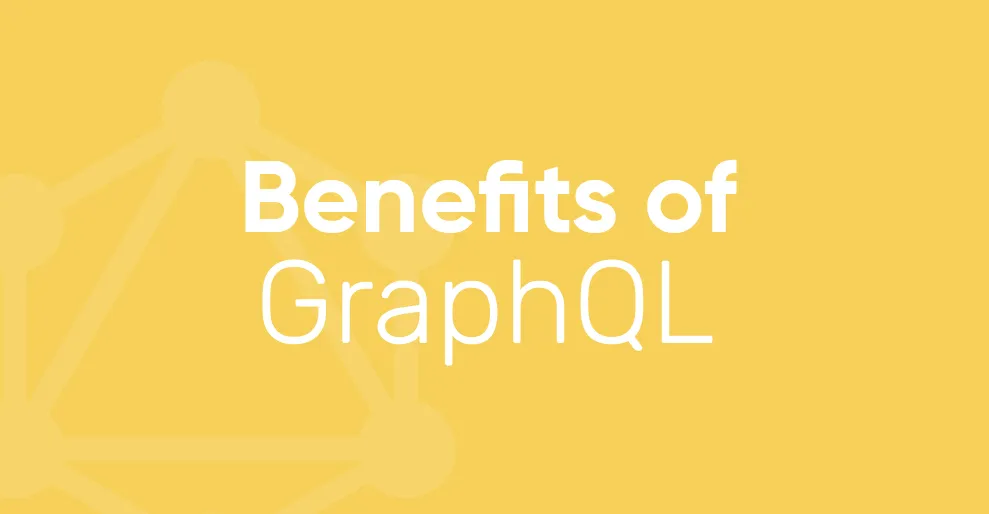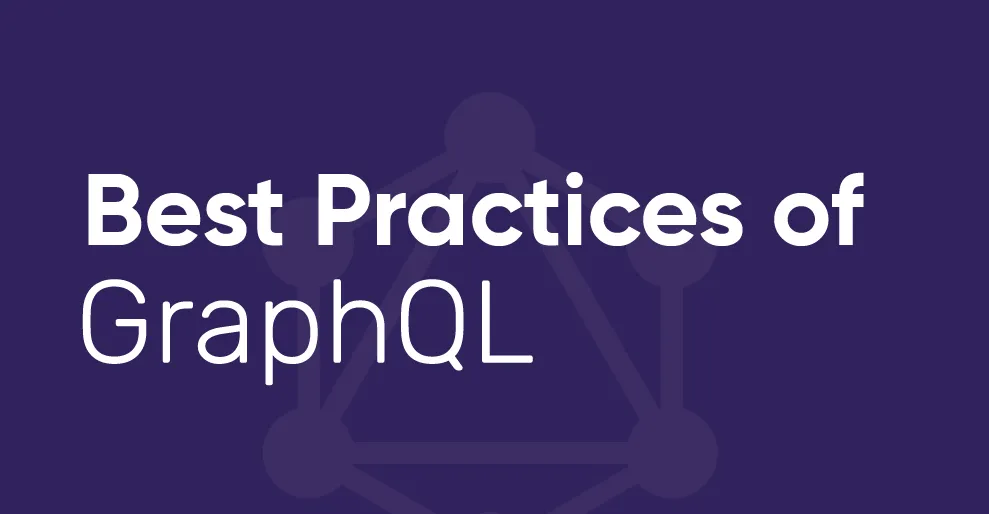Technology

7 min

Discover the power of GraphQL with our comprehensive guide! Explore the key benefits of GraphQL, navigate through common challenges, and master best practices for optimal implementation. Uncover a new era of efficient and flexible API development with this insightful introduction to GraphQL.

By Vinamra Singh
05 Dec, 2023
Initially developed by Facebook in 2012, GraphQL was utilized inside their mobile applications to lessen network utilization using its detailed data fetching abilities. Since GraphQL specification and reference execution in JavaScript was publicly released in 2015, significant programming dialects have supported it, including Python, Java, C#, Node.js, and more. The GraphQL ecosystem grows with libraries and valuable assets like Apollo, GraphiQL, and GraphQL Explorer.
Our expert says, "GraphQL is a language for querying databases from client-side applications. GraphQL determines the Programming interface API on the backend and how to present data to the client. It works with APIs, offering greater adaptability and speed to market; it works on client-server collaborations by empowering the previous to make exact data demands and acquire no more and no less, however precisely what they need.
But Why choose GraphQL for mobile app development? Let's find out this in detail!!

It is a detailed specification for how to talk with a Programming API. It's regularly utilized over HTTP, where the key idea is to POST a "query" to an HTTP endpoint instead of hitting different HTTP endpoints for various assets. GraphQL is mainly designed for developers of web or mobile apps (HTTP clients) to have the option to settle on API decisions to get the information they need from their backend APIs.
The main concern for mobile clients is that they interface with networks with generally high inertness (even as long as a few seconds). That is why it unequivocally wanted to avoid rehashing full-circle trips to get data for the single view. Most developers did this with the help of REST.
To avoid repeated round trips, you create new endpoints that give you the necessary data.
You start with a flawlessly REST structure and separate endpoints for each item.
At the point when you want the information together despite everything needed to keep away from rehashed full-circle trips, you make new endpoints that give you definitively the information you want.
Since there are numerous clients for various stages with marginally different data requirements, you send information to the clients that don't require it. Furthermore, you may need to make new endpoints for powerful renditions when considering various versions of these clients. Endpoints that you'd need to keep up with and that copy code.
Thus, it's a great way to decouple the clients and services.
Now, let’s check out the various benefits & challenges of using GraphQL.
Read More-Read More: REST vs gRPC- Which is the best API Protocol?

One of the significant advantages of GaphQL is the dynamism of the Programming API, which permits you to characterize it rapidly. Thus, the frontend and backend groups can work cheerfully with upgraded efficiency. Furthermore, the turnaround time for projects is quicker.
One of the most precise benefits is that less code is expected to perform frontend capabilities. Additionally, it is easier since engineers can investigate the object and know what's in store for the Programming API to return. These outcomes result in a quicker project turnaround for both the frontend and backend groups.
This benefit makes it more straightforward and less complex to generalize servers. For example, you can undoubtedly add fields to the server when you have a new item included, and other clients won't be getting impacted.
GraphQL follows a hierarchical structure where connections between objects are characterized in a graphical construction. Here, each object type addresses a part, and each related field from an item type to another object type addresses a part wrapping another part.
REST responses are known for either containing an excess of information or insufficient of it, making the requirement for another answer. GraphQL takes care of this effectiveness issue by bringing the specific information in a solitary request.
REST API documentation makes sense of individual endpoints, their capabilities, and the boundaries an engineer can pass them. Depicting the information types, fields, and the connection focuses between them, the GraphQL API empowers engineers to tailor the solicitation to get the required data.
If you wish to provide a prototype, CRUD operations will be the ideal solution. And GraphQL can help in this by speeding up speeds up this process. It provides a single API endpoint as a data proxy between the UI and the data storage—additionally, GraphQL offers reusable fragments, less thinking of error handling, etc.
In GraphQL, the outcome set or returned information is unmistakable per the client's query; it is straightforward for the server to sum it up. Adding new items to the server, including extra fields, doesn't influence the current clients. You can utilize the older server without concern since server fields can get deplored yet keep working. This possible interaction doesn't require an increasing variant/version number. You can see that Facebook involves similar GraphQL Programming API interface variants in their applications.
Read More- Top 15 Mobile App Development Trends In 2023
 On the other hand, implementing GraphQL libraries can be complicated, so using GraphQL might be an excellent idea, as it natively upholds all of these features.
On the other hand, implementing GraphQL libraries can be complicated, so using GraphQL might be an excellent idea, as it natively upholds all of these features.
With GraphQL, be ready to have a ton of pre-development education, such as learning the Schema Language. Only one out of every odd undertaking has the opportunity and assets to get acquainted enough with GraphQL, so they might go for REST as it offers less intricacy. While offering cordial convenience tasks, understanding and implementing straightforward GraphQL queries can save time.
GraphQL doesn't understand files; a file transferring highlight gets excluded from its particular specification. You will not need to manage this impediment in the event of REST, as there you can POST or PUT any content you need.
GraphQL database or client-level caching can be executed with a built-in caching mechanism. GraphQL doesn't depend on the HTTP caching strategies, which empower putting away the content of a request. Caching diminishes the traffic to a server by habitually getting data near the client.
While GraphQL is the correct answer for numerous microservices, you should use REST architecture for simple or small applications. REST can likewise be a significant methodology for interfacing asset-driven applications that needn't bother with the adaptable queries presented by GraphQL.
One more challenge with GraphQL is rate-limiting. In the REST Programming API, you can determine that we permit just this measure of request in a single day", yet in GraphQL, choosing this sort of statement is troublesome.
Now, let's check out some of the best practices of GraphQL in detail.

(1.) Guarantee naming consistency in the schema
Reliable naming inside GraphQL makes specific data more superficial and more effective. If you don't set up schema naming and stick to a particular norm, you can find various names or properties in the same schema that allude to similar information. It can create issues close to.
Ensure that naming shows for fields, data types, pages, etc., are productive and consistently adhere to similar guidelines. A decent naming show for GraphQL is camelCase for fields and PascalCase for types.
(2.) Consider future modifications to the schema
As per an expert report, GraphQL schemas will change the future of mobile app development. It should be considered while planning & designing the architecture. Imagine a scenario where your web application develops, and you want to add more data and fields to your schema.
In such cases, ensure space for extension and modifications; otherwise, you could make further separate changes. You could have to remap your schema, wasting assets and time.
(3.) Eliminate illogical fragments
In GraphQL, fragments are bits of rationale that can be shared simultaneously among questions and transformations. Fragments assist with guaranteeing that each query is short, coherent, and consistent. Sadly, a few parts can cause more damage than excellent if not utilized accurately.
One method for guaranteeing that all fragment sections are genuinely required is to utilize them in schema fields with legitimate importance. Adding fragments inaccurately or irrationally can make the contrary difference and make an inquiry easier to peruse.
(4.) Avoid hard-coded arguments
As a GraphQL beginner, avoid hard-coded parameters that straightforwardly implant data into source code. Using variables for all GraphQL parameters is better. Hard-coded parameters implant everything, including sensitive information, into query strings. It uncovered delicate data that malicious individuals could handily access.
Notwithstanding the undeniable security dangers of hard-coded parameters, there are additional caching issues. While attempting to reserve API demands, hard-coded parameters can occupy space and degrade overall cache performance.
(5.) Establish an error-handling plan
Present-day applications ought to anticipate disappointment and work to deal with disappointment. Error handling is a contingency plan for answering errors and giving ideal solutions.
Creating error handling from the beginning guarantees that your application generally has a legitimate payload response, significantly under failure situations and as it develops and scales. It can permit developers and task staff dealing with the system to pinpoint what turned out badly.
That's It!!!
GraphQL is undeniably the most recent popular trendy tech news headlines. It addresses a significant change in how data can be demonstrated and consumed over the web. By inclining toward these progressions and enthusiastically embracing the innovation where it checks out, mobile development teams stand to supercharge their applications and give their clients a real & ideal experience.
It's a delight for us to deal with projects incorporating GraphQL development. With the advantages and challenges, the innovation could find its place in your commercial marketplace creation process. For any queries, questions, or suggestions, contact us.
Thanks!!!
Read More- A Step-by-Step Guide to Mobile App Development Process
Generative AI Tech Stacks: Choosing the Right Tools for Scalable AI Development
By Dhruv Joshi
5 min read
Choosing Best Tech Stack for Web App Development: Performance, Cost, and Scalability
By Dhruv Joshi
5 min read
Top 9 Tech Stacks for Scalable Web Application Development
By Dhruv Joshi
5 min read
Generative AI Implementation Strategy: From Concept to Deployment (Step-by-Step Guide)
By Sannidhya Sharma
5 min read

Technology

7 min
Generative AI is moving fast into enterprises, from banks to hospitals to government agencies. Adoption is rapid, but security planning lags. Unlike traditional systems, these models can be exploited through prompt injection, poisoned data, or manipulated to leak sensitive information. They are also misused for phishing, deepfakes, and malicious code.


Technology

7 min
AI-powered Web Application Firewalls (WAFs) go beyond static rules by using machine learning, anomaly detection, and predictive analysis to block zero-day threats, reduce false positives, and protect APIs at scale. Unlike traditional WAFs, they self-learn, adapt in real time, and cut operational costs while improving compliance and trust.


Technology

5 min
AI is redefining mobile app security by transforming how threats are detected, tested, and prevented. From continuous monitoring and fraud detection to compliance with regulations, AI ensures apps remain resilient against modern risks. This means safer apps, protected users, and stronger businesses. Investing in AI-driven security today builds trust, drives growth, and secures long-term competitive advantage.


Feeling lost!! Book a slot and get answers to all your industry-relevant doubts